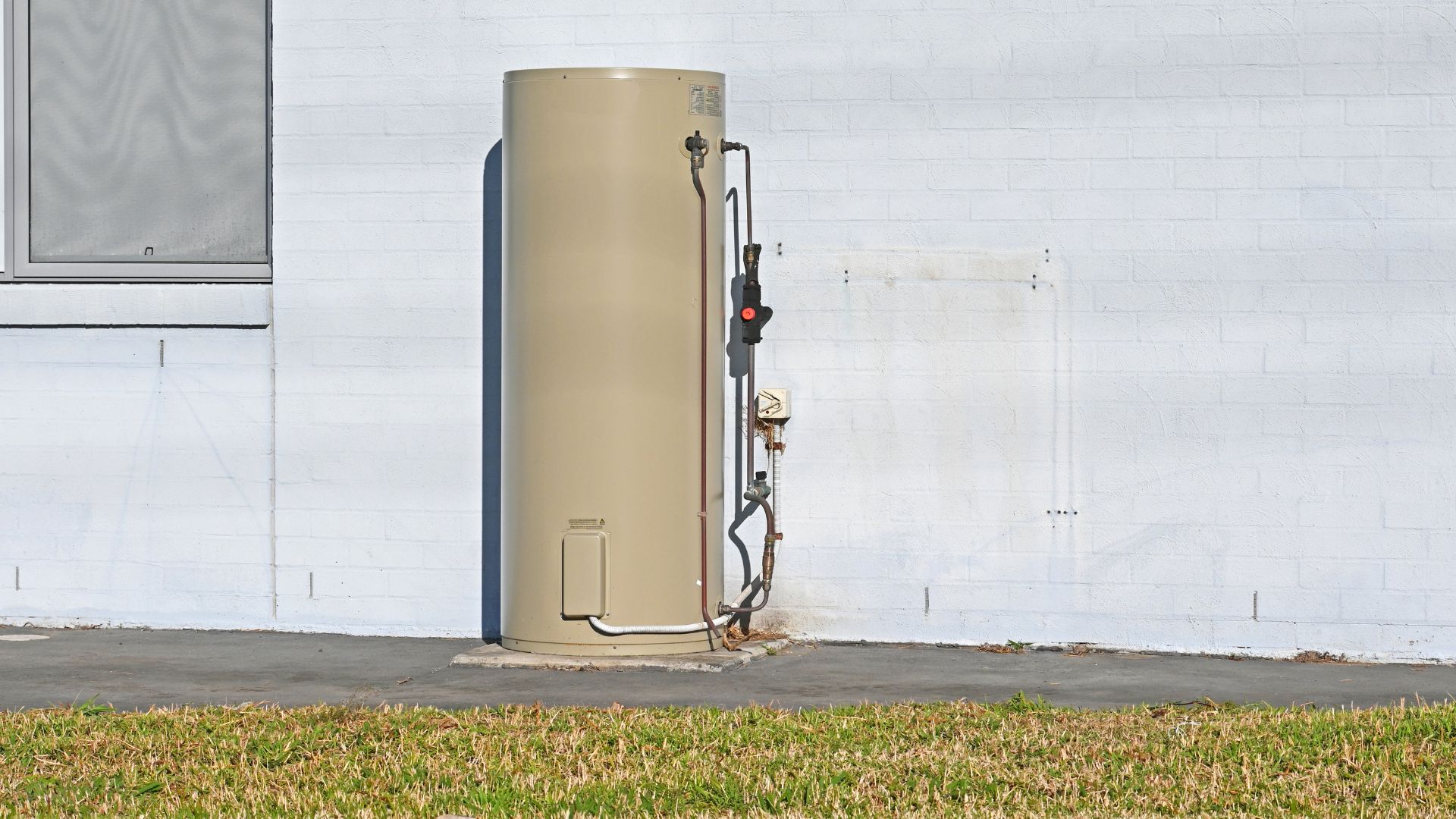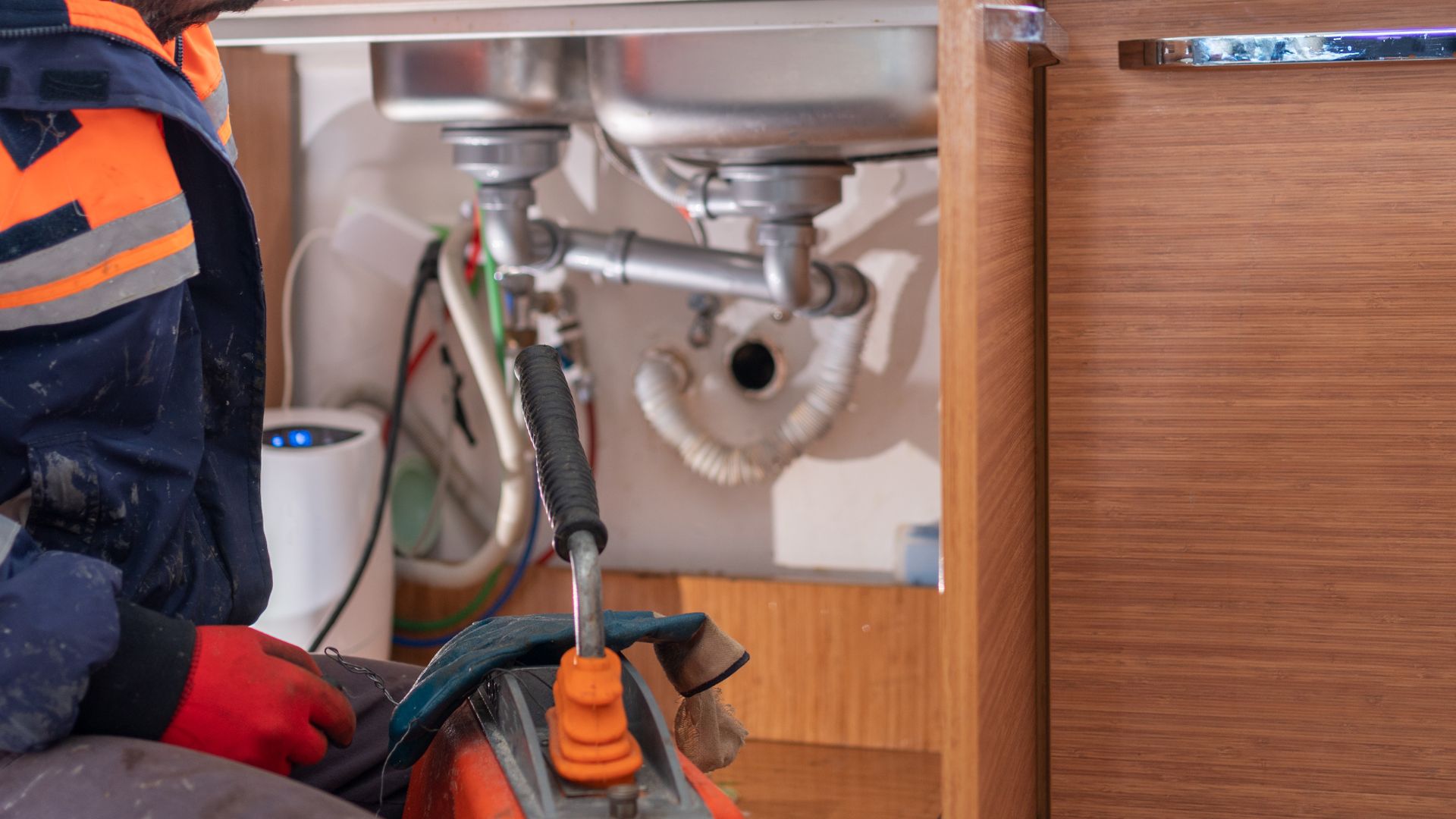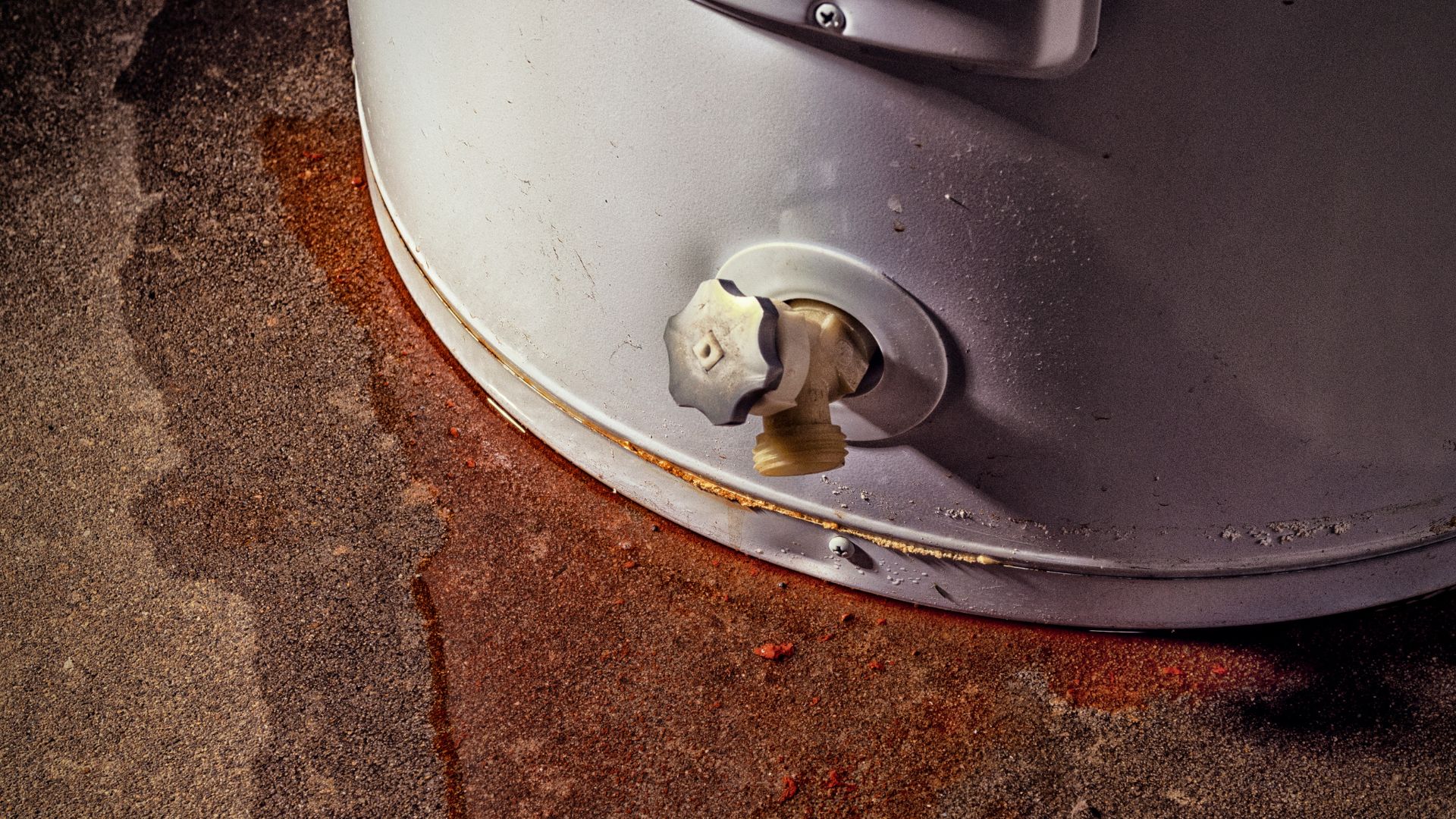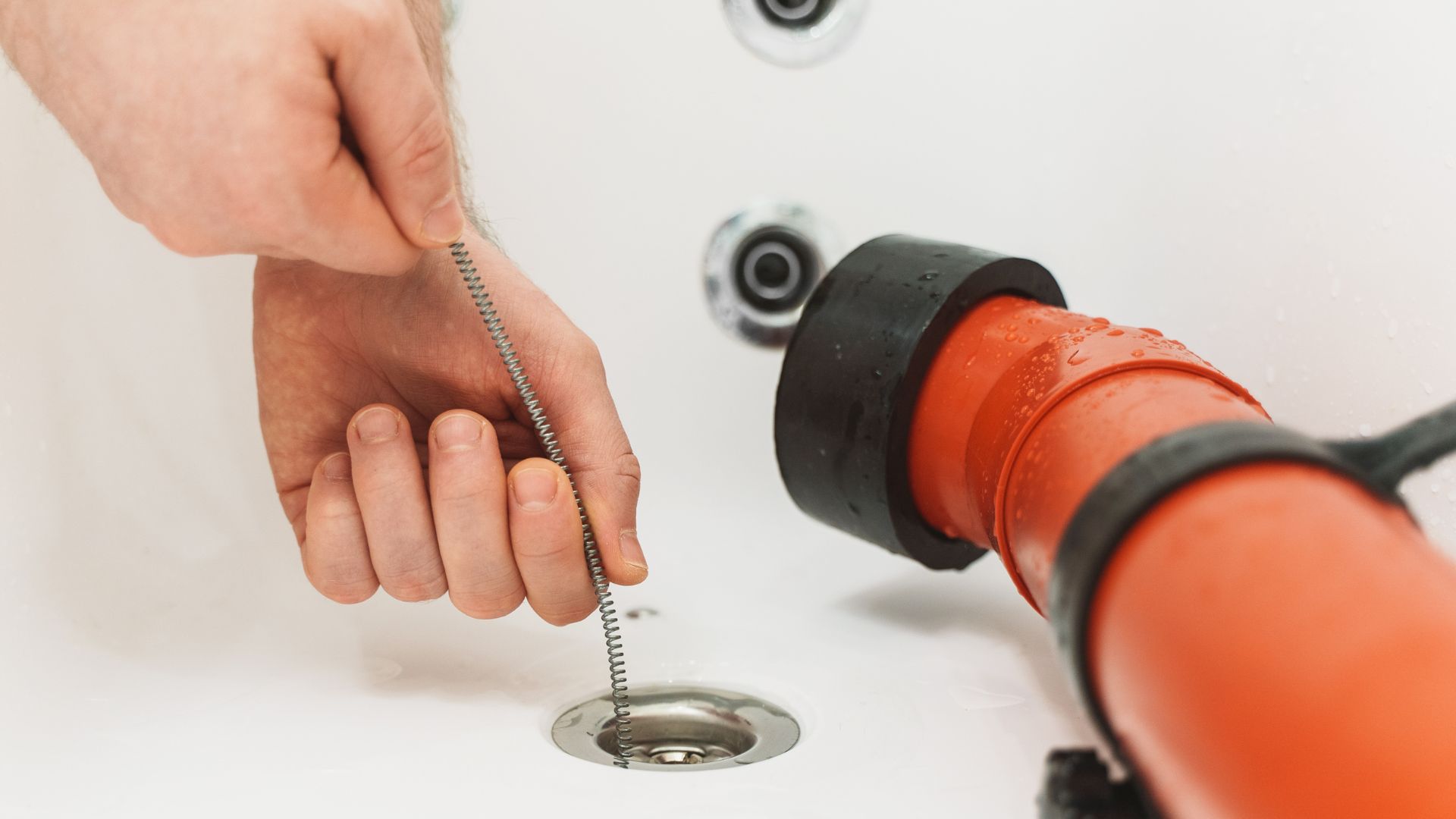Hot Water System Placement: Find the Perfect Spot!
In Australia, water heating accounts for about 23% of household energy use, making it the second largest energy consumer among home appliances. Additionally, it contributes to 24% of household greenhouse gas emissions. This significant impact underscores the importance of efficient hot water system placement. Proper placement can enhance energy efficiency, reduce emissions, and lower utility bills.
Several factors must be considered when selecting a location for a hot water system. Proximity to water outlets is crucial to minimise heat loss in pipes and ensure quicker access to hot water. Adequate ventilation is necessary to prevent overheating and ensure safety. Accessibility for maintenance and repairs should also be prioritised to extend the system’s lifespan.
Exploring Various Hot Water Systems
Choosing the right hot water system involves considering different types with unique location requirements.
Electric Systems
Electric hot water systems are versatile and can be installed almost anywhere with electrical access. However, they should be placed in a well-ventilated area to prevent overheating and ensure safety.
Gas Systems
Gas systems require specific placement near a gas line and adequate ventilation to disperse emissions safely. Outdoor installation is common, but indoor options must comply with strict ventilation standards.
Solar Systems
Solar hot water systems need roof space for solar collectors with optimal sun exposure. The storage tank should be as close to the collectors as possible to reduce heat loss, affecting the system’s efficiency.
Heat Pump Systems
Heat pump systems extract heat from the air, so they need to be placed in well-ventilated areas with enough space for airflow. They are less effective in extremely cold climates, which influences location choice within the property.
Safety Considerations for Hot Water Systems
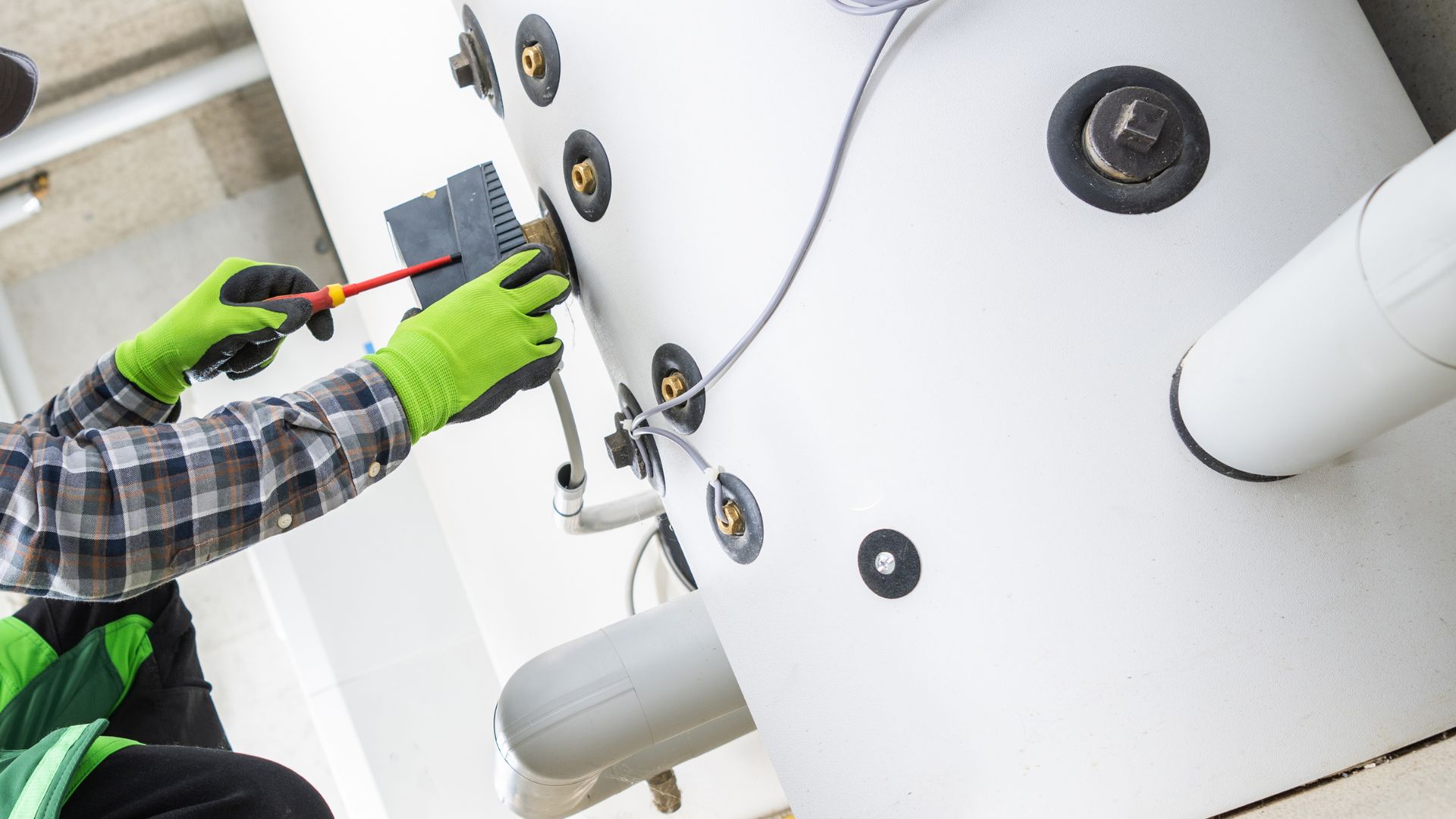
Complying with Australian standards and regulations when installing hot water systems is essential to ensure safety and efficiency. These standards dictate installation practices and equipment specifications to minimise risks.
Proper ventilation is crucial, especially for gas and heat pump systems, to prevent the buildup of harmful gases and ensure efficient operation. Adequate airflow reduces the risk of overheating and enhances system longevity.
Positioning the hot water system at a safe distance from living areas is important to minimise noise and potential exposure to leaks or emissions. This consideration helps maintain a comfortable and safe home environment.
Protection from the elements is also vital. Outdoor units should be shielded from extreme weather conditions, such as heavy rain or direct sunlight, to prevent damage and maintain performance. Using covers or shelters can extend the system’s lifespan and maintain its efficiency.
Accessibility for Maintenance and Repairs
Ensuring easy access for technicians is crucial for the efficient maintenance and repair of hot water systems. Proper access allows for timely servicing, which can prevent minor issues from becoming major problems, ultimately extending the system’s lifespan.
Clearance space requirements are essential to facilitate effective servicing. Adequate space around the unit ensures that technicians can safely and comfortably perform necessary tasks, such as checking connections, replacing parts, and conducting routine inspections.
The proximity of the hot water system to other household systems, such as plumbing and electrical connections, is also important. Strategic placement can reduce installation and maintenance complexity, making it easier for technicians to coordinate repairs. Ensuring clear pathways and unobstructed access can significantly enhance the efficiency of maintenance activities, reducing downtime and inconvenience for homeowners.
Energy Efficiency and Performance
The location of a hot water system significantly impacts its energy efficiency and performance. Strategic placement can reduce energy consumption and enhance overall functionality.
Impact of Location on System Efficiency
Placing the system close to the point of use, such as bathrooms and kitchens, minimises heat loss in pipes. Shorter distances mean hot water reaches taps faster, reducing wastage and improving efficiency.
Insulation Considerations
Proper insulation of pipes and the tank is crucial, especially if the system is located in an unheated area. Good insulation prevents heat loss and maintains water temperature, enhancing energy efficiency.
Proximity to Point of Use
Installing the system near major usage points reduces the need for extensive plumbing, lowering installation costs and energy use. This proximity ensures quicker delivery of hot water, enhancing user convenience.
Temperature Variations in Different Areas
Temperature fluctuations in different home areas can affect system performance. For instance, placing a system in a cold garage may require additional insulation. Choosing a stable environment helps maintain consistent water temperature, optimising efficiency and performance.
Noise Considerations
Addressing potential noise issues from hot water systems is important for maintaining a peaceful home environment. Systems like heat pumps can generate noticeable sound during operation.
Ideal Locations
To reduce noise disturbance, install the system away from bedrooms and living areas. Placing it in a garage or a utility room can help minimise its impact.
Soundproofing Options
Consider soundproofing measures such as installing vibration pads or enclosing the system with acoustic panels. These options can significantly dampen noise levels, ensuring a quieter home while maintaining system efficiency.
Aesthetics and Space Management

Balancing functionality with visual appeal is essential when installing a hot water system. Thoughtful placement can enhance both efficiency and aesthetics.
Creative Placement Ideas
Consider locating the system in less conspicuous areas like utility rooms or basements. If outdoor installation is necessary, landscaping elements such as enclosures or screens can conceal the unit while maintaining easy access.
Integrating with Home Design
Integrate the system into the home’s design by choosing complementary colours or finishes. Custom cabinetry or built-in units can hide the system, blending it seamlessly with the décor. Utilising vertical space, such as wall-mounted units, can also optimise floor space and enhance the room’s appearance.
Cost Implications of Location Choice
The location of a hot water system can significantly influence installation costs. Installing the system close to existing plumbing and electrical lines can reduce expenses, as it minimises the need for additional materials and labour.
Long-term Energy Savings
Strategic placement near points of use, such as bathrooms and kitchens, can lead to long-term energy savings. By reducing heat loss through shorter pipe runs, homeowners can lower their utility bills and enhance system efficiency over time.
Potential Renovation Expenses
Choosing an optimal location might require renovations or modifications, such as creating a utility space or adjusting cabinetry. While these changes can incur upfront costs, they often result in improved functionality and reduced maintenance expenses in the long run.
Balancing initial installation costs with future savings and potential renovation needs can ensure a cost-effective and efficient hot water system setup.
The Future: Smart Hot Water Systems and Location
Emerging technologies in hot water systems, such as smart controls and energy-efficient models, are transforming home energy management. These systems offer remote monitoring and optimised performance.
Location and Performance
Location can impact smart system performance, as connectivity is crucial. Ensure strong Wi-Fi coverage in the installation area to facilitate seamless operation and data exchange.
Preparing for Future Upgrades
When planning installations, consider potential future upgrades. Leave space for additional components and ensure easy access to integrate new technologies, ensuring your system remains efficient and up-to-date.
Your Path to Perfect Hot Water Placement
Several key factors must be considered when selecting and installing a hot water system to ensure efficiency, safety, and aesthetics. The system’s location significantly impacts energy consumption, noise levels, and overall performance.
Placing the system near points of use, like kitchens and bathrooms, can reduce heat loss and enhance efficiency. Proper insulation and soundproofing can further improve performance and comfort.
Balancing functionality with visual appeal and integrating the system into the home’s design can optimise both space and aesthetics. Additionally, strategic placement can minimise installation costs while maximising long-term energy savings.
Given the complexities involved, seeking professional advice is crucial. Experts can provide tailored solutions to meet your specific needs, ensuring compliance with Australian standards and regulations. The Plumbing Life Saver offers comprehensive hot water installation services, helping you choose the right system and location. Their expertise ensures optimal performance and peace of mind. Contact The Plumbing Life Saver today to explore your options and ensure a seamless installation process for your home.
